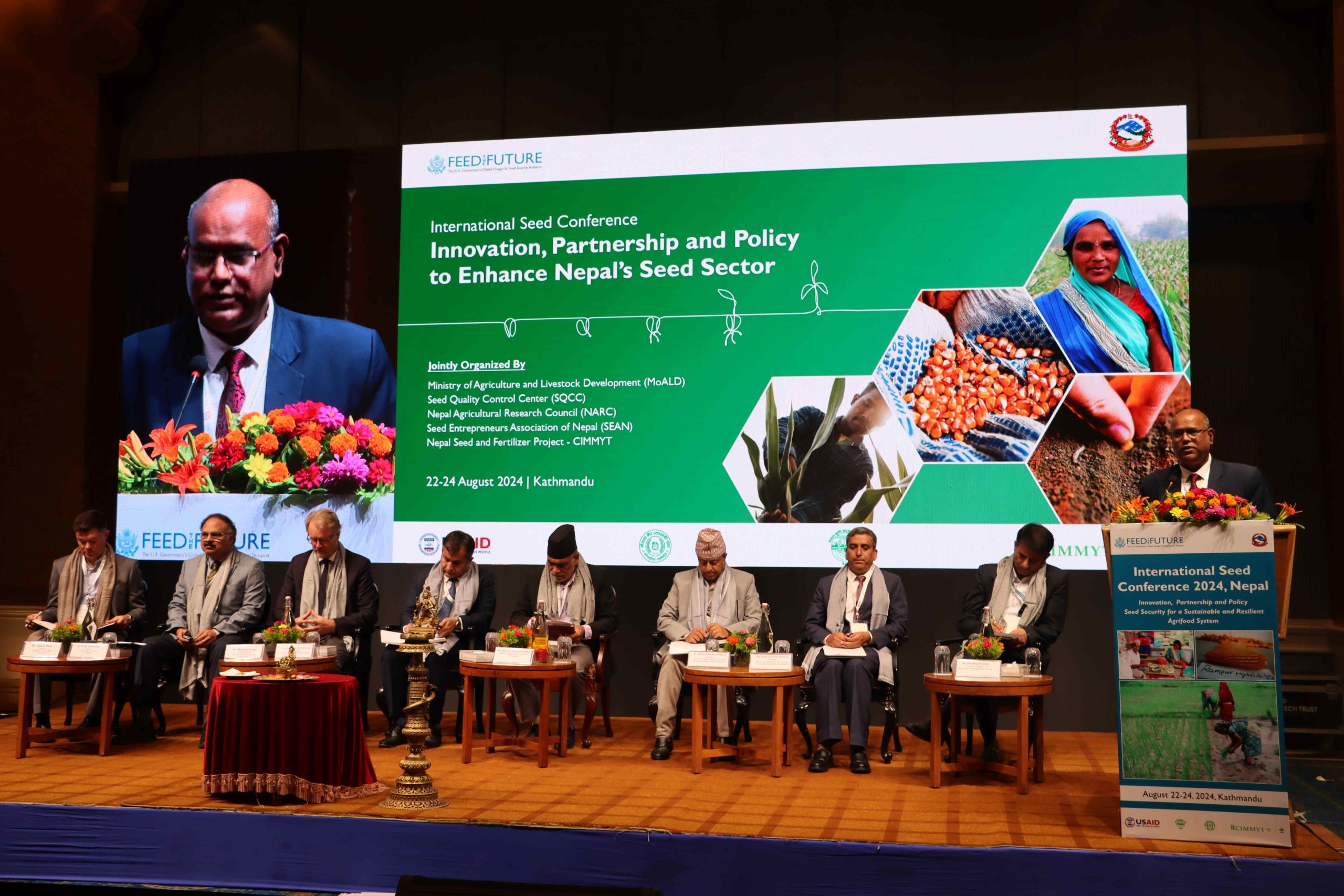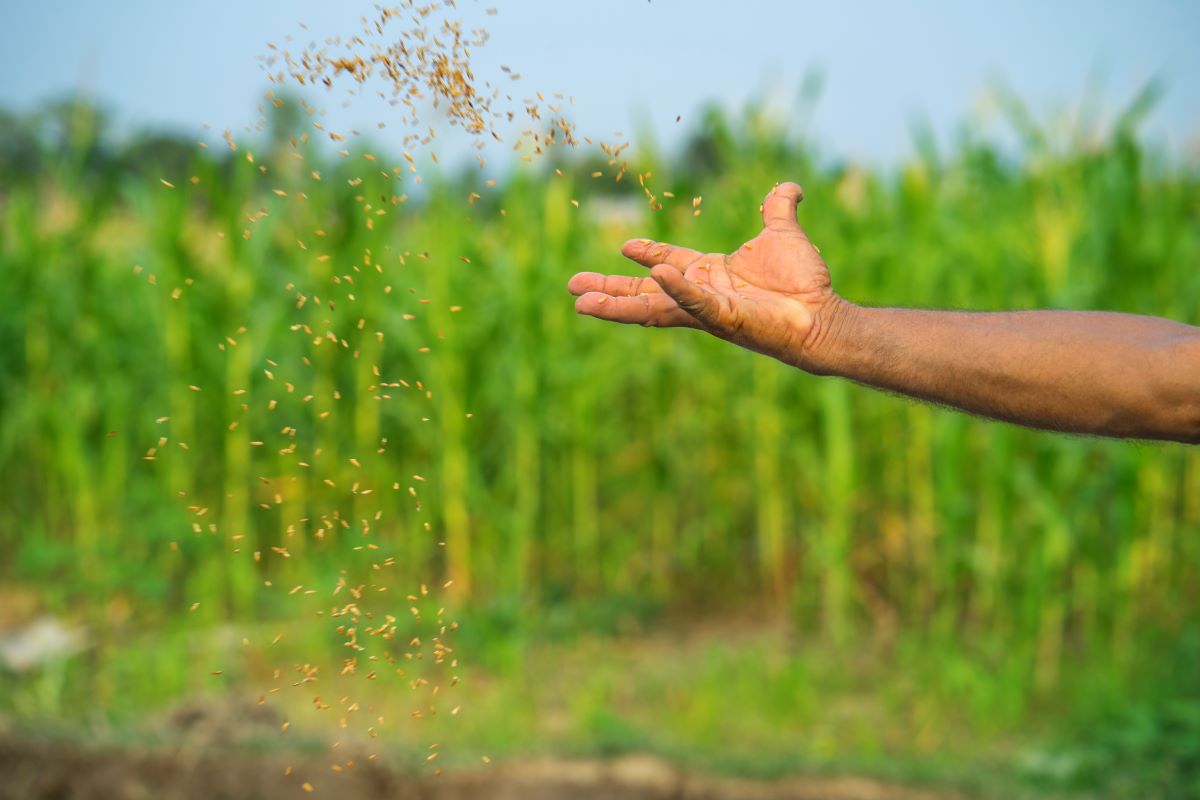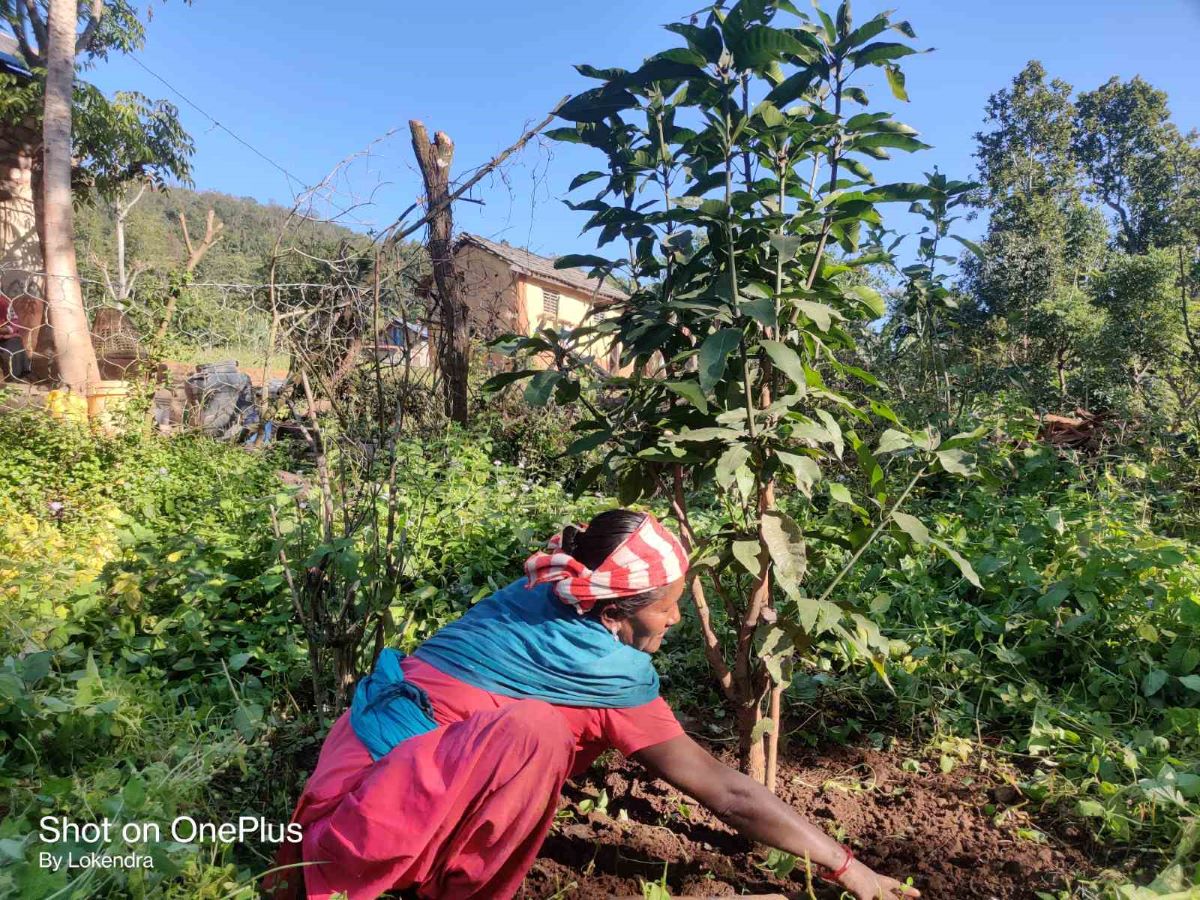
In Nepal, hope is slowly taking root in the mid-hills as communities and farmers transform traditional systems into productive, diversified, nutritious and market-oriented farming systems. Through the CGIAR Mixed Farming Systems (MFS) Initiative, farmers like Ms. Birma Sunar and communities like Gurbhakot in Surkhet are building a transformative pathway. Since 2022, CIMMYT and IWMI have been supporting communities in planning and engaging stakeholders in identifying organizational and technical solutions. The initiative aims to increase milk production through improved forages, improve nutrition and income diversification through high-value fruit trees, and improve water efficiency in vegetable production through micro-irrigation.
Birma’s Journey: Overcoming Challenges, Cultivating Dreams
Birma Sunar, 49, a determined farmer from Surkhet, represents the aspirations of countless smallholder farmers struggling to survive on limited means. A Dalit woman and an amputee, her small plot of land was once dedicated to subsistence farming, leaving her family struggling to make ends meet. The maize and wheat she grew barely lasted a year, and her family of seven was struggling for food. With her husband earning meager wages as a day laborer, the family often faced food insecurity.
Her perspective on farming began to change when she became involved with the Mixed Farming Initiative. Birma received training in the cultivation of high-value fruit trees and the planting of Napier grass to feed dairy cattle, as well as micro-irrigation techniques. With her new skills and the eight mango saplings and one lychee tree she received from the Initiative as part of action research, she hopes to increase her family’s income..
“I was unaware of commercial farming,” says Birma. “I have a lime tree and a banana tree in my field however, it used to be for home consumption. But now, once my mango and lychee trees start giving fruits, I hope to sell the produce in local markets and earn enough to buy essential household items and feed my family.”
Last year, she planted high-value fruit saplings that are now growing into healthy plants, giving her hope for stability and food security in the future.
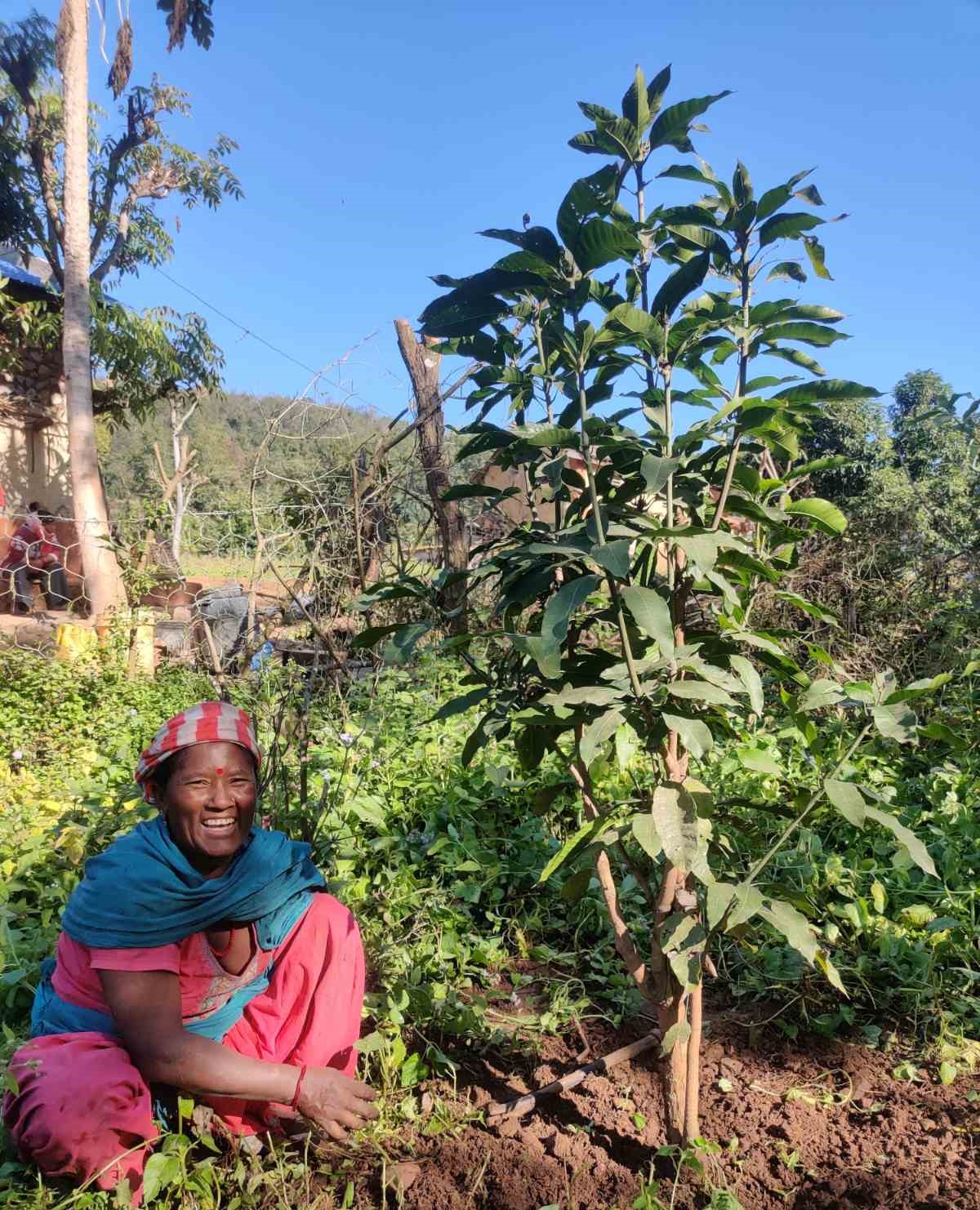
Youthful Aspirations: Santosh’s Agricultural Renaissance
After working abroad for a few years in the hope of a brighter future, Santosh KC, 25, returned home, disheartened yet determined. Equipped with the knowledge gained from his agricultural education and a passion for change, he started a nursery for high value fruit trees and improved forages and ventured into dairy farming with Napier grass.
The journey was not easy. In the first year, Santosh faced losses, and his family doubted the viability of his efforts. But with unwavering dedication, he turned his fortunes around. Today, Santosh cultivates 45 ropanis (2.29 hectares) of land, raises 22 goats, and earns a steady income. He also participates in the Mixed Farming Initiative training organized jointly with the Gurbhakot municipality and mentors farmers on the benefits of mixed farming.
“For many youths, farming doesn’t seem like a viable option. However, with support for modern agricultural techniques and market integration, we can build livelihoods that are not just sustainable but rewarding,” shares Santosh.
A Municipal Vision: Building Resilient Communities
The Initiative has been jointly implemented by CIMMYT and IWMI in the local municipality of the working district. With the support of the initiative, the Gurbhakot municipality is playing a critical role in scaling up the benefits of mixed farming. Recognizing the value of the crops, the municipality has embraced Napier grass and high-value fruits as key components of its agricultural strategy. By prioritizing mangoes, lychees, oranges, and lemons, the municipality aims to improve household nutrition and create commercial opportunities for farmers.
“We distributed high-value fruit trees to farmers last year under the theme ‘One Home, Two Fruit Plants’. This year, we’re planning a study to identify the best topography for different fruits. This knowledge will allow us to scale our goal to integrate these practices into larger public programs, creating decent livelihoods for farmers,” said Mr. Hasta Pun, Mayor of Gurbhakot Municipality.
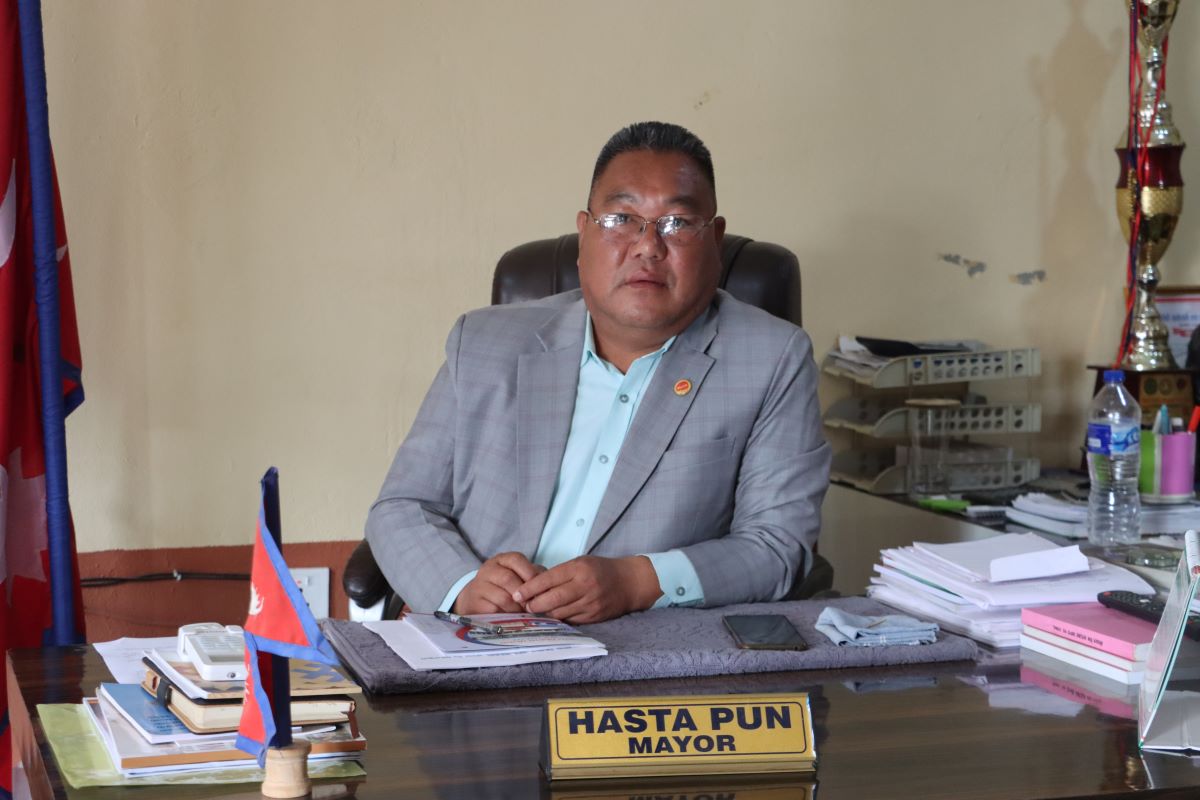
A Vision for the Future
The Mixed Farming Initiative has been critical in identifying solutions to bring tangible improvements to smallholder farmers like Birma and Santosh, but it has also strengthened local governance and resilience. In the three years of implementation, the pilot program in Gurbhakot in Surkhet and Halesi-Tuwachung in Khotang has set the stage for scaling up these efforts in more municipalities. By 2030, the initiative aims to impact 13 million people and ensure equitable opportunities for women, youth, and marginalized communities.
By nurturing the saplings of high-value fruits and integrating forages, local leaders and farmers in the mid-hills of Nepal remain motivated and committed to rewriting their story —One of hope, resilience, and the promise of a food-secure future.
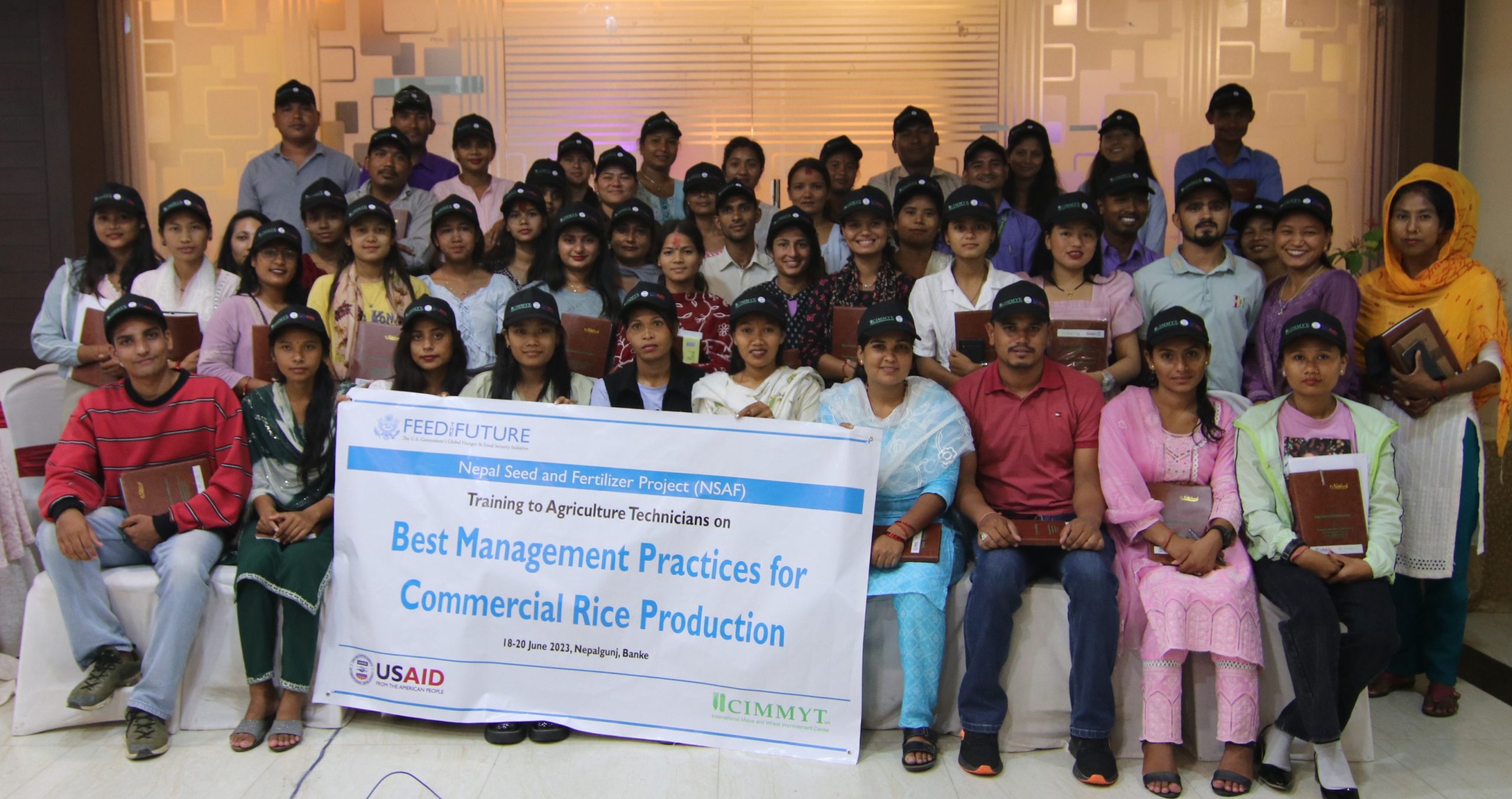
 Capacity development
Capacity development 